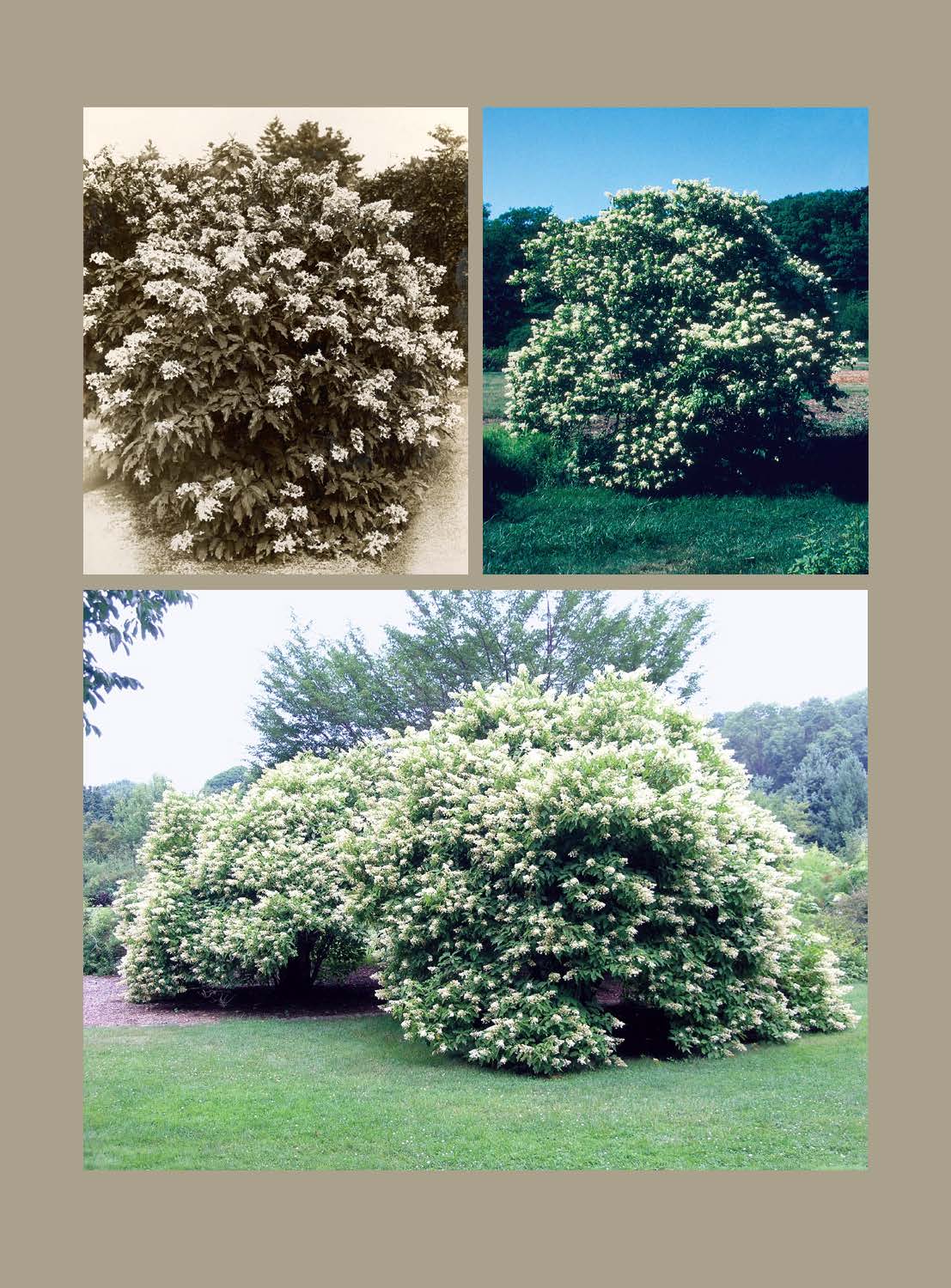During the second half of the nineteenth century, the latest trend in the gardening world was the acquisition and display of exotic plants. At the time, Darwin’s theory of evolution was changing the scientific community, and Harvard botanist Asa Gray’s paper noting the similarities between eastern North American and eastern Asian floras had recently been published.

By the early 1890s, the still young Arnold Arboretum was beginning to take shape. C. S. Sargent, the first director of the Arboretum, had become highly interested in Gray’s work comparing our native flora to that of eastern Asia. His desire to plant the Arboretum with every tree capable of surviving the New England climate led him to seek exotic Asian species from similar climates. Although European plant species were easily obtained, acquiring plant material directly from Asia was still difficult during this era. Wanting to view the native flora and personally judge the plants for their landscape value, Sargent set off on a ten week expedition to Japan in the fall of 1892. He collected extensively on the islands of Hondo and Yezo (now known as Honshu and Hokkaido), returning with seeds of 200 species, including Hydrangea paniculata, panicle hydrangea.
Hydrangea paniculata is native to Japan and southern Sakhalin Island in Russia as well as eastern and southern China where it is typically found in mixed forests or open hillsides. A large shrub or small tree, panicle hydrangea may reach 20 feet (6 meters) in height, though in New England landscapes a mature height of 10 to 13 feet (3 to 4 meters) is typical. Its large, simple, dark green leaves have toothed margins and a slightly undulating surface. Panicle hydrangea produces conical compound inflorescences 6 to 8 inches (15 to 20 centimeters) in length at the tips of branches. The inflorescences are comprised of two types of florets; a large number of small, cream-colored, fertile florets, plus a scattering of larger, showier, white, sterile florets. The sterile florets often become speckled or flushed with pink as they age. In New England the species flowers from early August into September.
When plants were grown from the Hydrangea paniculata seeds collected by Sargent, one was observed to flower far earlier in the summer than the others. Sargent noted this early bloomer in an issue of the Arboretum publication Garden and Forest in September 1897, less than five years after the seed was collected. Several years later, the plant was named ‘Praecox’ (meaning “premature”) by Arboretum taxonomist Alfred Rehder. Hydrangea paniculata ‘Praecox’ is a vigorous, fast growing, erect shrub which tends to flower three to six weeks earlier than the species. At the Arboretum it typically starts to bloom in early to mid July. Its beauty in the landscape was described in 1922 by Sargent himself: “When in flower in early July it is one of the handsomest shrubs in the Arboretum,” and in 1927 by E. H. Wilson: “Well worth the attention of all interested in hardy plants.”
Citation: Pfeiffer, S. A. 2009. Early bloomer: Hydrangea paniculata ‘Praecox’. Arnoldia, 67(1): 44–45.
At the Arboretum, the original plant—now 116 years old—can be found in the Bradley Rosaceous Collection. Although not a member of the rose family, the plant (accession 14714-A) has remained in its original location (formerly the Shrub Collection) because of its importance as a type specimen. The plant is now 15.5 feet (4.7 meters) tall and 24.5 feet (7.5 meters) wide. Every July, visitors are drawn to its incredible display of flowers borne on the many arching stems clad in handsome gray-brown exfoliating bark. Another specimen (accession 14714-1-A), propagated from the original plant in 1905, stands nearby and is equally impressive.
Panicle hydrangeas have become very popular in the nursery trade in recent years, and many new cultivars have been introduced. ‘Praecox’ remains the earliest blooming cultivar and is valuable for extending the panicle hydrangea bloom season. While not as readily available as some cultivars, ‘Praecox’ is well worth seeking out and acquiring.
Sue Pfeiffer is a Curatorial Fellow at the Arnold Arboretum.